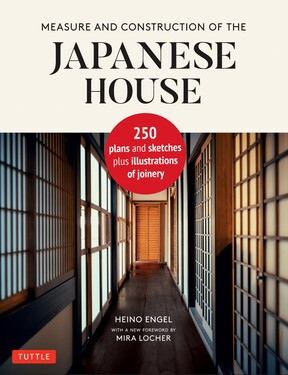內容簡介
內容簡介 A remarkable classic work on traditional Japanese architecture, and how the style and features can serve as a model for contemporary residential buildings.With incredible detail (as well as numerous architectural plans and drawings), author and architect Heino Engel describes everything from room functions and the flexibility of partitions to the influence of human anatomy on Japanese units of measure. Rather than exploring why the traditional Japanese house is built the way it is, Engel delves into the practical information: what the Japanese house is and how it is built.This book is not simply a description of the features of the Japanese house, but "an invitation to probe the possibilities of utilizing this architectural achievement of the Japanese…in modern living and building," according to the author, who further believes that the unique details of the Japanese house are better suited as a pattern for contemporary housing than any other form of residential structure.With a new foreword by architect and professor Mira Locher, Fellow of the American Institute of Architects, this updated hardcover edition brings this popular work to modern readers—in hopes that they may find ideas to adopt into their own home.日本建築の構造を徹底分析 日本建築の構造を徹底分析
作者介紹
作者介紹 Heino EngelEngel studied architecture at Darmstadt Technical University in Germany. He traveled through several countries and arrived in Japan in 1953. During his stay in Japan, he studied the Japanese house, people, life, language, and culture and became a member of the Architectural Institute of Japan. In 1956 he took up a position as associate professor at the School of Architecture of the University of Minnesota. In 1964 he returned to Germany, where he pursued his career as an architect.
